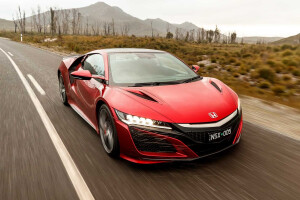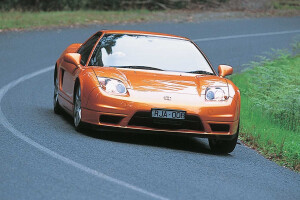Latest Review
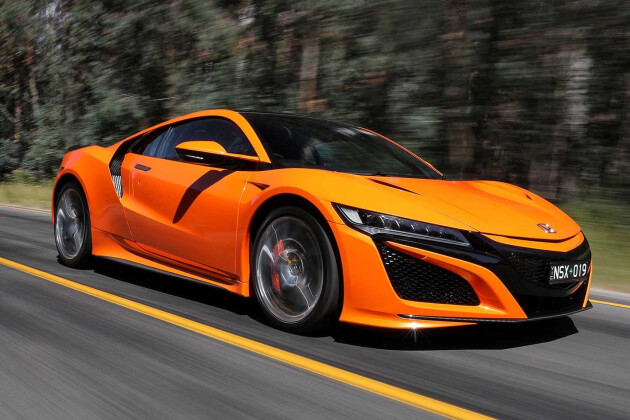
2019 Honda NSX review
A raft of updates for Honda’s hybrid supercar
The Honda NSX is an under-appreciated car. You could argue it’s always been thus. The original might have revolutionised the supercar segment with its ease of use, but when you’re trying to sell a supercar, sensible ain’t sexy.
It’s a legacy that’s carried over to the new NSX, of which just nine examples have been sold in Australia since its 2017 introduction. That isn’t many, even by the standards of its slow-selling predecessor, which found 133 Australian homes between 1991-2004.
Why is this? It’s certainly not a fault of the car itself, which is good enough to go toe-to-toe with any of its supercar rivals, but it does take a bit of time and effort to understand what makes the NSX great. It’s an engineering marvel, packing a 3.5-litre twin-turbo V6, nine-speed dual-clutch gearbox, lithium-ion battery pack and three electric motors into a bodyshell that’s 32mm shorter than a Porsche 911.
The more you dig, the greater the number of little morsels you discover: the dry-sumped 75-degree V6 uses direct and port injection and a pair of single-scroll turbos (to save weight over twin-scroll units) with electronic wastegates that supply 15.23psi of boost pressure. The clutches for the nine-speed ’box and the limited-slip diff share a housing to save weight and the powertrain is suspended by hydraulic mounts to reduce NVH.
What’s truly crazy, though, is that despite the NSX being all-wheel drive there is no mechanical connection between the front and rear wheels. The V6 drives the rear wheels, a 35kW/148Nm direct-drive electric motor attached to the crank and sandwiched between the engine and gearbox supplies juice to the batteries, which in turn feed power to the 27kW/73Nm electric motors powering each front wheel.
The work required to make this incredibly complicated powertrain operate smoothly must have been immense, but it wasn’t in vain as it works brilliantly. The electric motors mask any lag the engine may have, firing the NSX forward instantly, before the turbos take over and make light work of the Honda’s 1780kg mass.
No performance figures are claimed, but 3.0sec to 100km/h and 11.0sec for the quarter feels about right – plenty quick enough. It even sounds good. Aurally pleasing V6s are few and far between but there’s a mean growl that builds organically through the rev range. A quick word of praise for the sensational gearbox, too.
Honda went to equally strident lengths with the chassis. The composite bodyshell is primarily aluminium, but uses steel in sections for strength and carbon fibre for the front floor. Every body joint was analysed for strength and weight, with many being different on each side; the double wishbone front suspension is all-aluminium with double ball-joint lower arms to eliminate torque steer; the adaptive dampers are magnetorheological and the brakes are carbon-ceramic. For 2019 the anti-roll bars, rear toe-link bushing and rear hubs are stiffer, the software for the AWD, steering and dampers has been revised and the tyres are Continental SportContact 6s instead of 5Ps.
Our first exposure to the new NSX was on the bumpy, slippery, narrow roads of Western Tasmania, where it impressed with its speed, grip and composure, but felt a little one-dimensional. On more familiar roads in better weather, Honda’s hybrid supercar reveals new depths to its ability.
It feels at least 200kg lighter than the claimed kerb weight – though the tyres and brakes betray how hard they’re working – and the electrified all-wheel drive system is magic, delivering amazing traction but with oversteer available to if you’re committed enough on the throttle.
Selecting Sport+ for the powertrain adds unnecessary weight to the steering and the chassis can struggle over larger bumps, but by and large the NSX delivers crushing pace without forgetting about the entertainment factor.
As with its predecessor, it also nails day-to-day useability. It’s no longer a USP, most supercars are easy to drive these days, but the Honda goes further than most with low road noise, impressive ride quality and the ability to operate on pure electricity for short periods. It looks incredible, too, especially in the new-for-2019 Thermal Orange paintwork. The NSX is a brilliant machine that deserves to sell better than it does, but it appears that the same old problem applies: the rich and famous aren’t willing to spend supercar money on a Honda.
HONDA NSX SPECS
Engine: 3493cc V6, DOHC, 24v, twin-turbo, three electric motors
Power: 375kW @ 6500-7000rpm
Torque: 550Nm @ 2000-6000rpm
Combined output: 427kW/646Nm
Weight: 1780kg
0-100km/h: 3.0sec (est)
Price: $420,000
Likes: Brilliant powertrain; incredibly quick; entertaining dynamics; looks
Dislikes: Price; weight; no individual drive mode; brake feel
Rating: 4.5 out of 5 stars
News
-
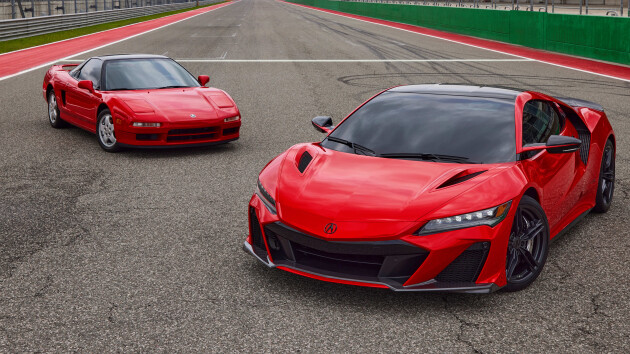 News
NewsAcura and Honda send off NSX with final run Type S
The second-gen sportscar is in its last year of production
-
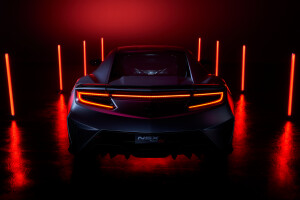 News
NewsHonda has teased the final version of its supercar with the Acura NSX Type S
The limited edition Type S will be the final hurrah for the supercar
-
 News
NewsHonda NSX departs Australia
Legendary but slow-selling sportscar falls victim to local brand restructure
-
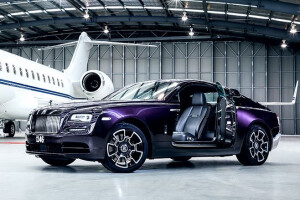 TV
TVThis week on WhichCar TV... Dream machines!
This week we've lined up a multi-million dollar spectacle with some of the most special cars on the planet. Don't miss this one!
-

Classic MOTOR: Supercar road trip in the unrestricted outback
-
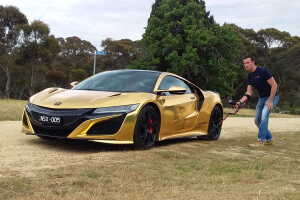
Behind the scenes: Honda gold rush
-
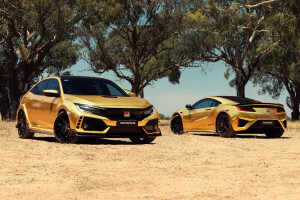
Honda Civic Type R and NSX go gold for 50th anniversary in Oz
-
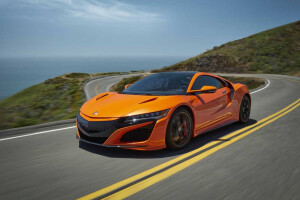
2019 Honda NSX revealed


